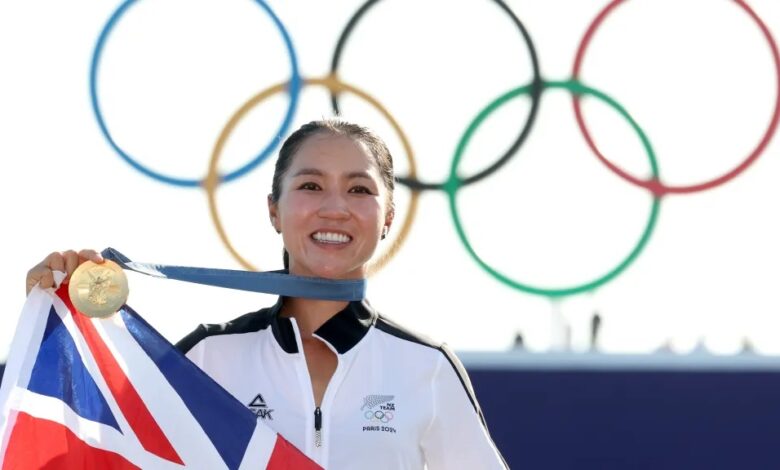Nichols: Lydia Ko’s Olympic gold should count toward LPGA Player of the Year race

Lydia Ko’s magical run of late has been so dominant, one can’t help but wonder if she could possibly edge Nelly Korda for LPGA Rolex Player of the Year honors. Korda won six of seven starts in the first half of the season and looked like a runaway for POY honors. But shouldn’t three LPGA titles, including a major, and an Olympic gold medal put Ko somewhere close?
Well, not really.
Ko actually trails Korda by 100 points in the POY race with a limited number of starts left to the season. (This week she’s competing on the KLPGA, which doesn’t count toward the race.) Points are given for top-10 finishes only and are doubled at the majors. A victory at a regular event is worth 30 points, while it’s 60 points for a major.
Ko would have to win three more times this season plus post an additional second-place finish to have a chance. That’s if Korda fails to earn more points. The Olympics isn’t factored into the POY race but given that Ko’s gold medal-winning performance in Paris is what got her into the LPGA Hall of Fame, that’s a bit of a headscratcher. If a gold medal is worth an LPGA Hall of Fame point, surely it’s also worth some Player of the Year points.

In 2021, Nelly Korda won four times on the LPGA, including the KPMG Women’s PGA, as well as Olympic gold in Toyko but was edged out in the POY race by Jin Young Ko.
South Korea’s Ko won five times on the LPGA that season (no majors) and took the POY based on the strength of 13 top 10s. She beat Korda by 14 points. Had Korda earned 30 points for her gold-medal performance though, she would’ve taken the honor. Now that Ko is already in the LPGA Hall of Fame, which requires 27 points, it’s not likely that she’ll be too worried about the POY this year. But going forward, the Olympics should absolutely factor into the totality of an LPGA season.
The points system is designed to take emotion and bias out of the equation, and that’s fine. It’s hard to argue with math. But if it’s going to come down to numbers, then it’s imperative that the points structure reflects the current landscape.
There’s plenty of time to get this fixed before 2028.



